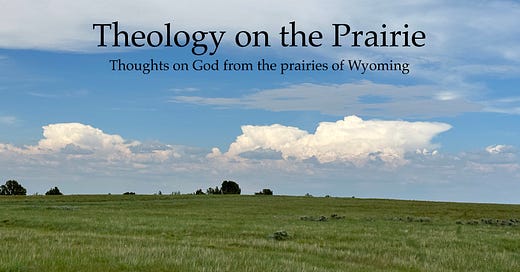In our “How to Study the Bible” series, we started with simply making observations of Psalm chapter 1. You can look back at that post here. Today, we’ll get a little bit deeper and think about the literary and historical-cultural context. Literary context is just the genre or style of the writing. Historical-cultural context simply answers the questions, “What was going on in the world or the author’s location when this was written? How does the culture of the time influence the writing?” It’s important look at these things when we study the Bible, because we interpret literature written in Judah in 1000 BC differently than literature written in England in 1892, or in America in 2024.
1 Blessed is the man
who walks not in the counsel of the wicked,
nor stands in the way of sinners,
nor sits in the seat of scoffers;
2 but his delight is in the law of the Lord,
and on his law he meditates day and night.3 He is like a tree
planted by streams of water
that yields its fruit in its season,
and its leaf does not wither.
In all that he does, he prospers.
4 The wicked are not so,
but are like chaff that the wind drives away.5 Therefore the wicked will not stand in the judgment,
nor sinners in the congregation of the righteous;
6 for the Lord knows the way of the righteous,
but the way of the wicked will perish.
The genre of the Psalms is poetry. This means that it appeals to emotion more than logic, and uses word pictures and figures of speech. You can analyze Psalms based on their structure. Just like we use haikus or sonnets, the Hebrew writers structured their poems with parallelism, wordplay, acrostics, or contrasting ideas. Psalms were not used primarily for teaching doctrine or morals (though they do speak on those things, as in Psalm 1), they are models of how to sing, talk to, and praise God.
Part of studying the literary context includes reading the surrounding verses, chapters, and book. Psalms are easier to study, because each psalm stands on its own. It can be helpful to read other psalms to understand a theme or idea, like I did in this post examing Psalm 46. The psalms are also grouped together in themes or “movements.”
Next, the historical-cultural context. Psalm 1 does not include the author, though it’s commonly attributed to King David, who definitively wrote 73 of the 150 psalms in the Bible.
The entire Bible is heavily influenced by agriculture (no one was getting their grain from the grocery store). Note the figures of speech in Psalm 1 involving trees, fruit, and chaff.
The psalms were written in the time of the “Old Covenant”, which means the Israelites were following the Law (found in Exodus-Deuteronomy). Note verse 2, the righteous meditate on the Law.
If King David was the author, he would have been very familiar with life in court. See how verse 1 uses the word “counsel”? David would have first-hand experience on why it’s unwise to be counseled by wicked people.
Next time, we’ll continue interpreting Psalm 1 by drawing out applications from the passage. Until then, here's a video from the Bible Project that can give you more insight. Let me know in the comments how many figures of speech, structures, or literary devices you noticed!




